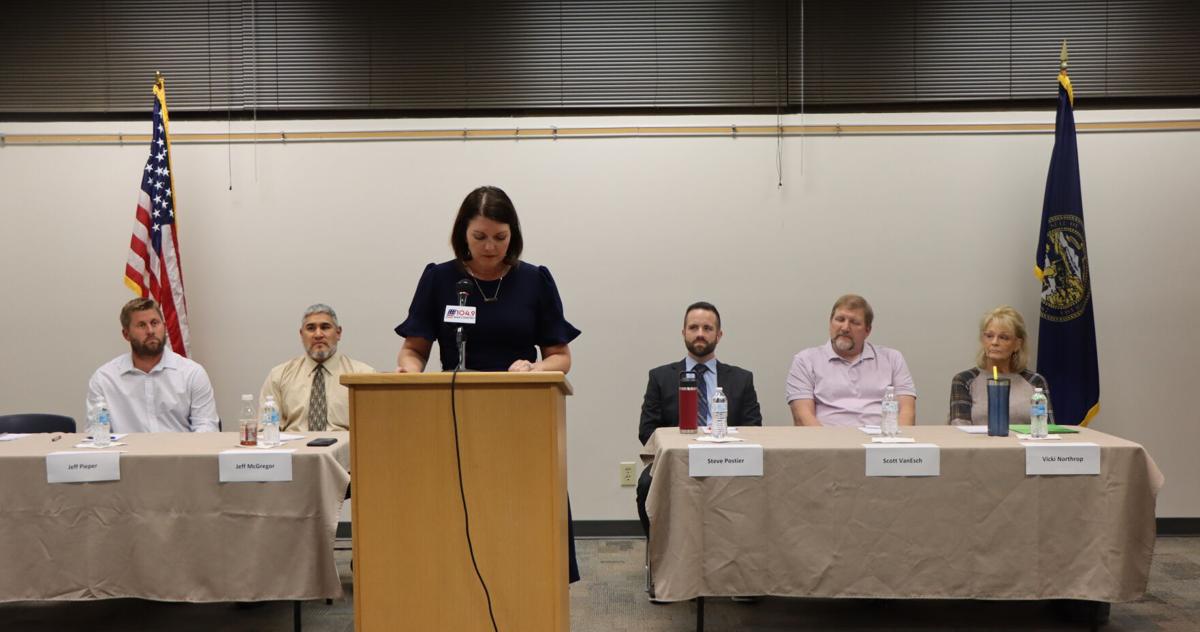Japan and Australia strengthen defense cooperation

Author: Kei Koga, NTU
Japan–The Australia Reciprocal Access Agreement (RAA) was finally signed on January 6, 2022. In the increasingly severe strategic environment in the Indo-Pacific region, Japanese Prime Minister Fumio Kishida described it as a “breakthrough”. , and Australian Prime Minister Scott Morrison called it a “historic treaty”.
The RAA is essential for continued strategic cooperation between Japan and Australia, and contains significant strategic potential for advancing Indo-Pacific minilateralism.
The RAA allows Japan and Australia to improve their power projection capabilities. But this agreement will not drastically strengthen their respective military capabilities. Japan and Australia do not have the military resources to sustain a long-term overseas deployment. Japan also has additional obstacles, such as the “peace clause” in Article 9 of its post-war constitution, which prohibits it from possessing offensive weapons. By facilitating logistical procedures through the RAA, Japan and Australia are likely to focus on bilateral cooperation, such as humanitarian assistance and disaster relief, and joint military training exercises in the region.
This logistics process can help maximize Japan’s potential–Australian military cooperation by increasing operational effectiveness. The new agreement creates a strategic advantage for Japan and Australia to access the Southwest Pacific, the Indian Ocean and Northeast Asia. Improving interoperability and access is vital for timely power projection, especially in times of regional instability, including instances such as the Taiwan Strait and the South China Sea.
This bilateral defense cooperation has been increasingly consolidated since the Japan agreement of 2007–Australian Joint Statement on Security Cooperation. In November 2021, the Japan Self-Defense Forces (SDF) applied the Security Bills 2015, which allow limited forms of collective self-defence, to protect Australian military assets during a joint exercise. It was the first time the SDF had conducted such an operation for a country other than the United States. Japan’s security relationship with Australia is often described as a ‘quasi-alliance’ – this becomes even more true with the RAA.
The RAA has become a model for Japan’s strategic partners when enhancing military cooperation in the Indo-Pacific. This is particularly true for the UK. Japan and the UK already enjoy strong security ties, which were further strengthened under the second Shinzo Abe administration from 2013. The two countries maintain a 2+2 dialogue, concluded the Security Accord of Information in 2014 and the Acquisition and Cross-Servicing Accord and Joint Statement Japan-UK on Security Cooperation in 2017.
These Japan-UK defense agreements are identical to the Japan-Australia ones. In fact, Japan and the UK started bilateral negotiations for an RAA in October 2021. Given the UK’s Indo-Pacific tilt, Japan and the UK are aiming to complete the deal as soon as possible. as soon as possible. To this end, the Japan-Australia RAA has become a useful model.
The RAA also allows Japan to create a security bond with AUKUS. Certainly, AUKUS’ top priority is to bolster Australia’s military capabilities through its acquisition of nuclear-powered submarines, which greatly increases its power projection. It is highly unlikely that Japan would be eager to acquire such capabilities as its military capabilities are still politically and constitutionally limited.
Yet, while AUKUS primarily focuses on the development of military resources, the frequency of military exchanges – including joint military exercises and training – will likely increase. If such an opportunity arises, Japan is the strongest candidate to participate in joint defense activities.
AUKUS’ collaboration on defense capabilities and technologies ranges from cyber capabilities to artificial intelligence to quantum technologies – areas of interest to Japan as well.
Japan still faces obstacles in fully cooperating with AUKUS. But from a relatively easy entry point, such as cybersecurity cooperation, it is possible that Japan could observe AUKUS meetings, for example through an “AUKUS Plus” format.
Such a possibility will likely be enhanced when Japan and Australia renew their joint statement on security cooperation and, in doing so, align more closely with AUKUS. It also opens up the possibility of connecting the quadrilateral security dialogue with AUKUS where its agenda overlaps, for example on critical and emerging technologies and cybersecurity.
These defense networks are useful to US allies in deterring strategic encroachment when US military engagement in the Indo-Pacific is seen as weakened, as currently indicated by the Ukraine crisis.
This type of defense cooperation aims to maintain the strategic balance in the region and does not hinder the development of existing regional security frameworks, such as the ASEAN Defense Ministers’ Meeting. But states in the region can express concerns about the possibility of an arms race in the Indo-Pacific, as Indonesia and Malaysia did after the creation of AUKUS in September 2021. To appease these concerns, Japan, Australia and other like-minded states must maintain their defense. postures while making them as transparent as possible to reassure regional states – particularly ASEAN members – about the objectives of these emerging frameworks.
Defense collaboration between Japan and Australia through the RAA has taken a small step towards stabilizing the Indo-Pacific strategic environment. But the RAA has important strategic implications for the future of regional power relations.
Kei Koga is an Assistant Professor in the School of Social Sciences at Nanyang Technological University in Singapore.






